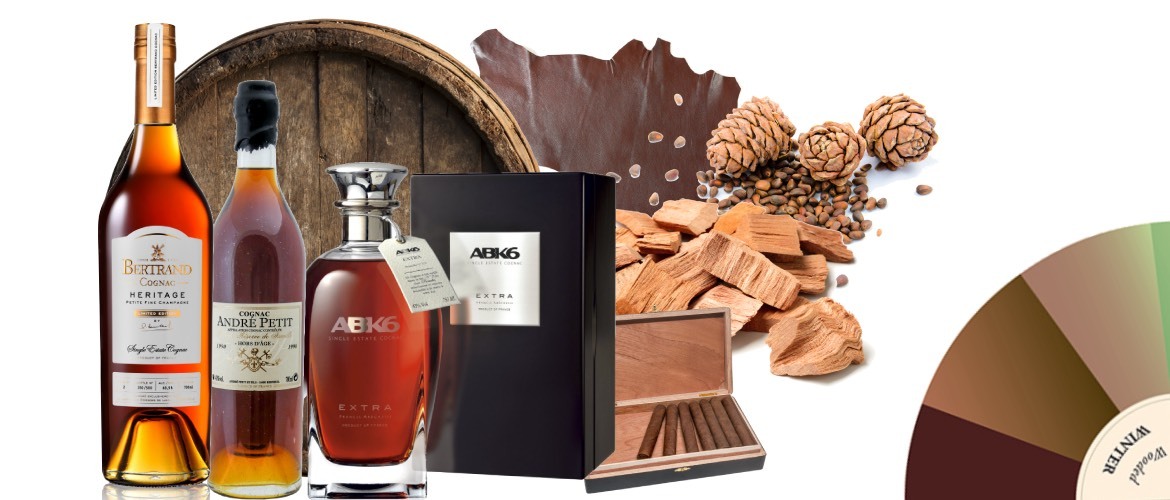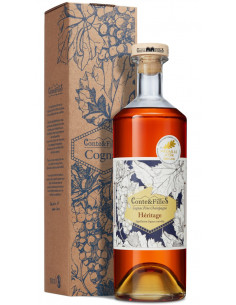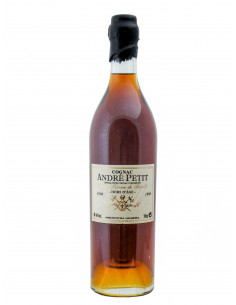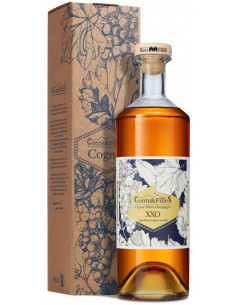Welcome to the last series of the Cognac Expert educational series that explains the different seasons/ aromas of Cognac.
In this post, we will dive deep into the subject of winter aromas, better known as oaky aromas, and explore where they come from, what they taste and smell like, and how they are produced. We will also discuss the role of the BNIC aroma wheel in identifying oaky notes and examine whether oaky Cognacs are always older Cognacs or if there are exceptions to this rule. Finally, we will share insights from the Cognac Lovers Community and Cognac producers on the topic and provide a list of oaky Cognacs.
Before we start you can find here the previous articles of this series:
What does oaky mean?
The definition of oaky
In the world of Cognac, the term “oaky” refers to the presence of woody, vanilla, and caramel flavors and aromas in the eaux-de-vie. These notes are derived from the oak barrels in which the Cognac is aged and are an important aspect of the spirit’s flavor profile.
What does oaky mean?
The definition of oaky
In the world of Cognac, the term “oaky” refers to the presence of woody, vanilla, and caramel flavors and aromas in the eaux-de-vie. These notes are derived from the oak barrels in which the Cognac is aged and are an important aspect of the spirit’s flavor profile.
Where do oaky notes come from?
Oaky notes in Cognac are primarily derived from the oak barrels in which the spirit is aged. The oak barrels contribute a range of flavors and aromas to the Cognac, including vanilla, caramel, and spice notes. The length of time the Cognac spends in oak barrels, as well as the type of oak used, will also influence the intensity and character of the oaky notes.
Jacques Petit from Cognac house André Petit says:
It must be said that aging includes 3 main phases: extraction, hydrolysis and oxidation.
Extraction: The Cognac in the barrel solubilizes the extractable substances of the wood.
Hydrolysis: A transitory phase that prefigures an important evolution of the organoleptic characteristics, the Cognac digests the wood
Oxidation: The taste softens, the smell of steamed oak disappears to give floral and vanilla smells. The longer the Cognac is kept, the more mellow it becomes, its bouquet becomes richer and more complex.
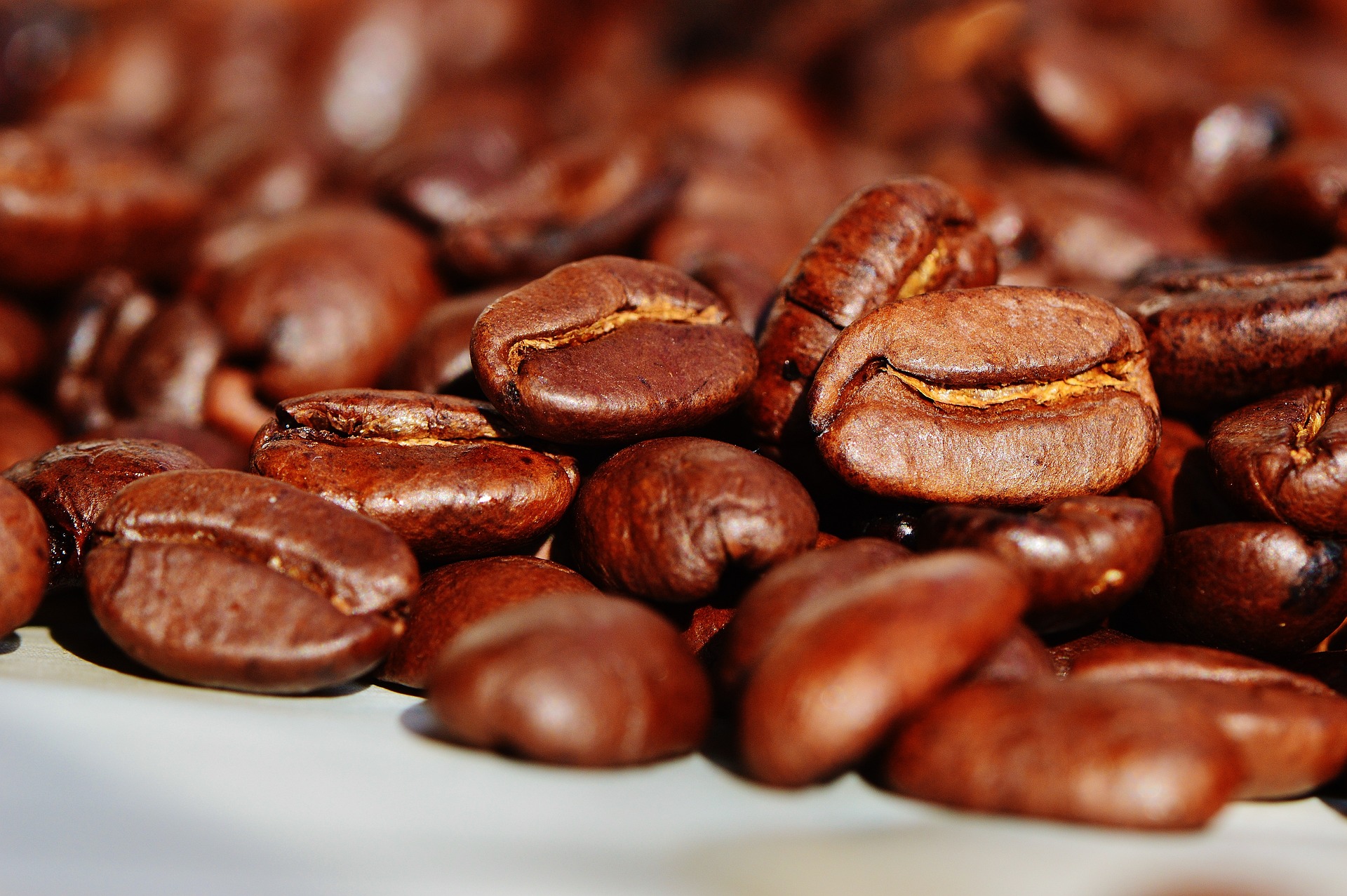
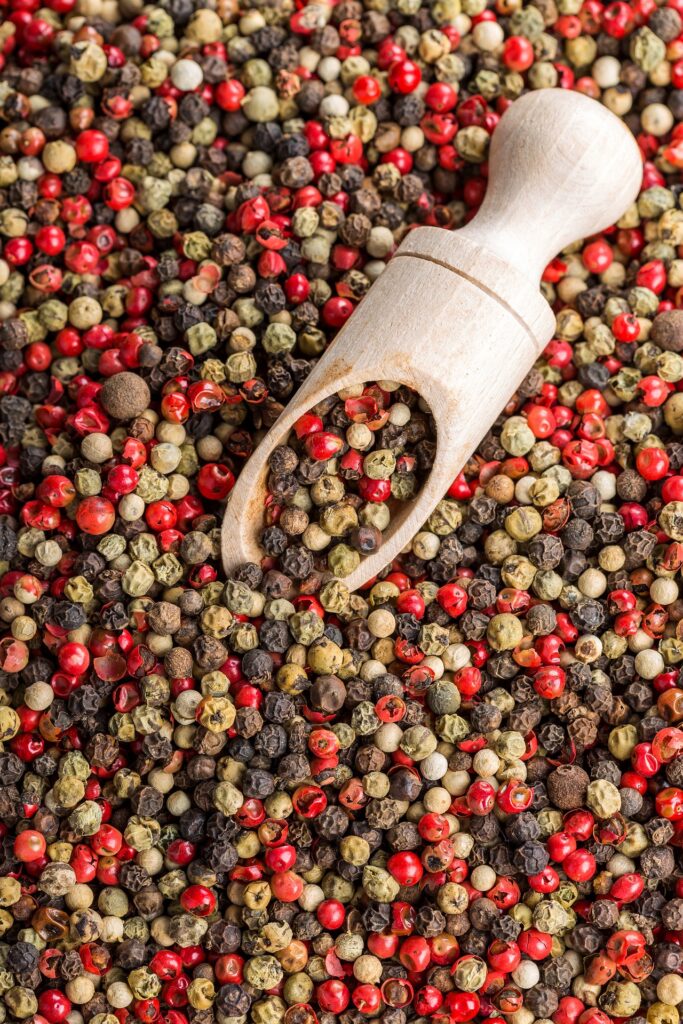
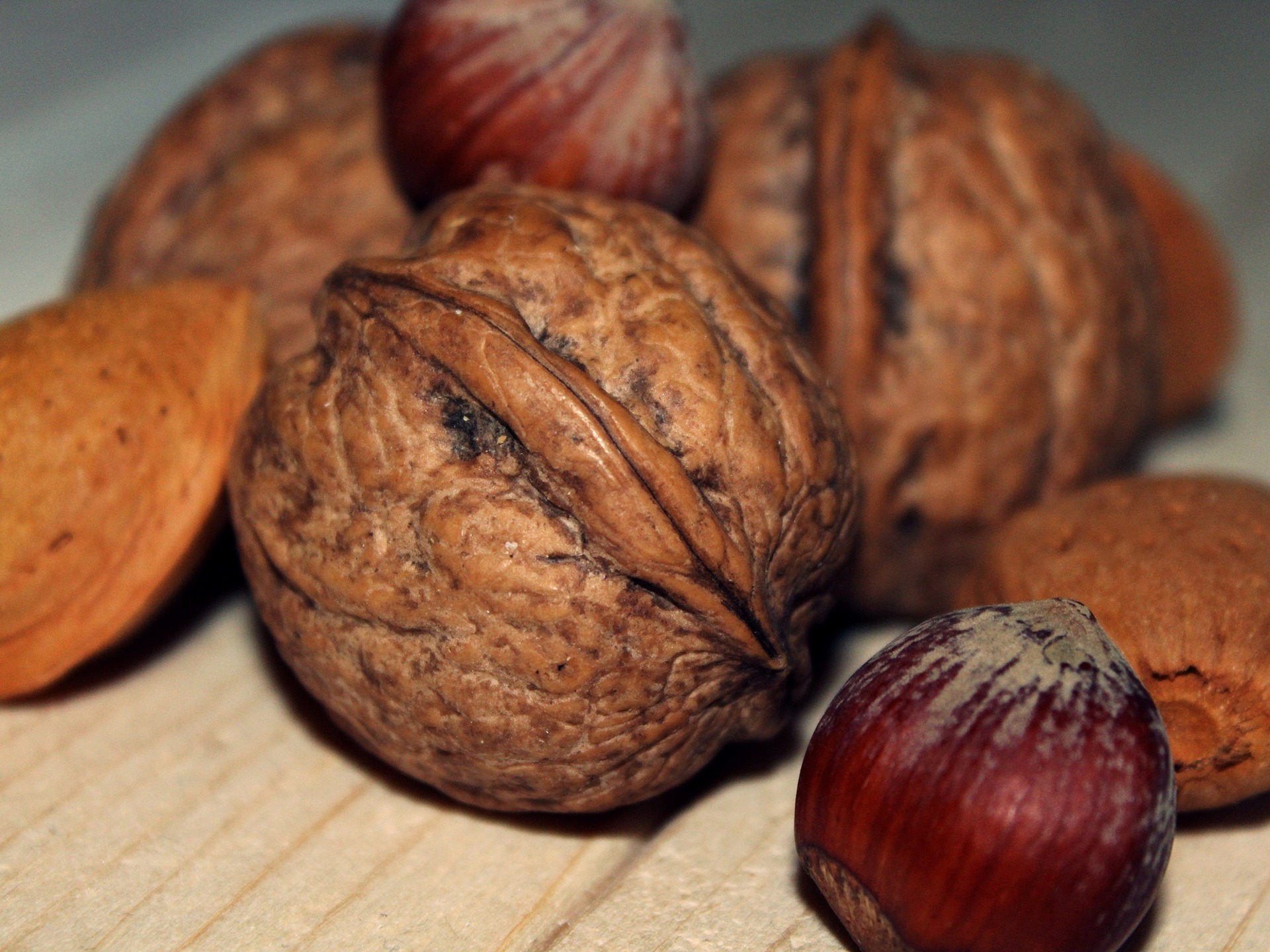
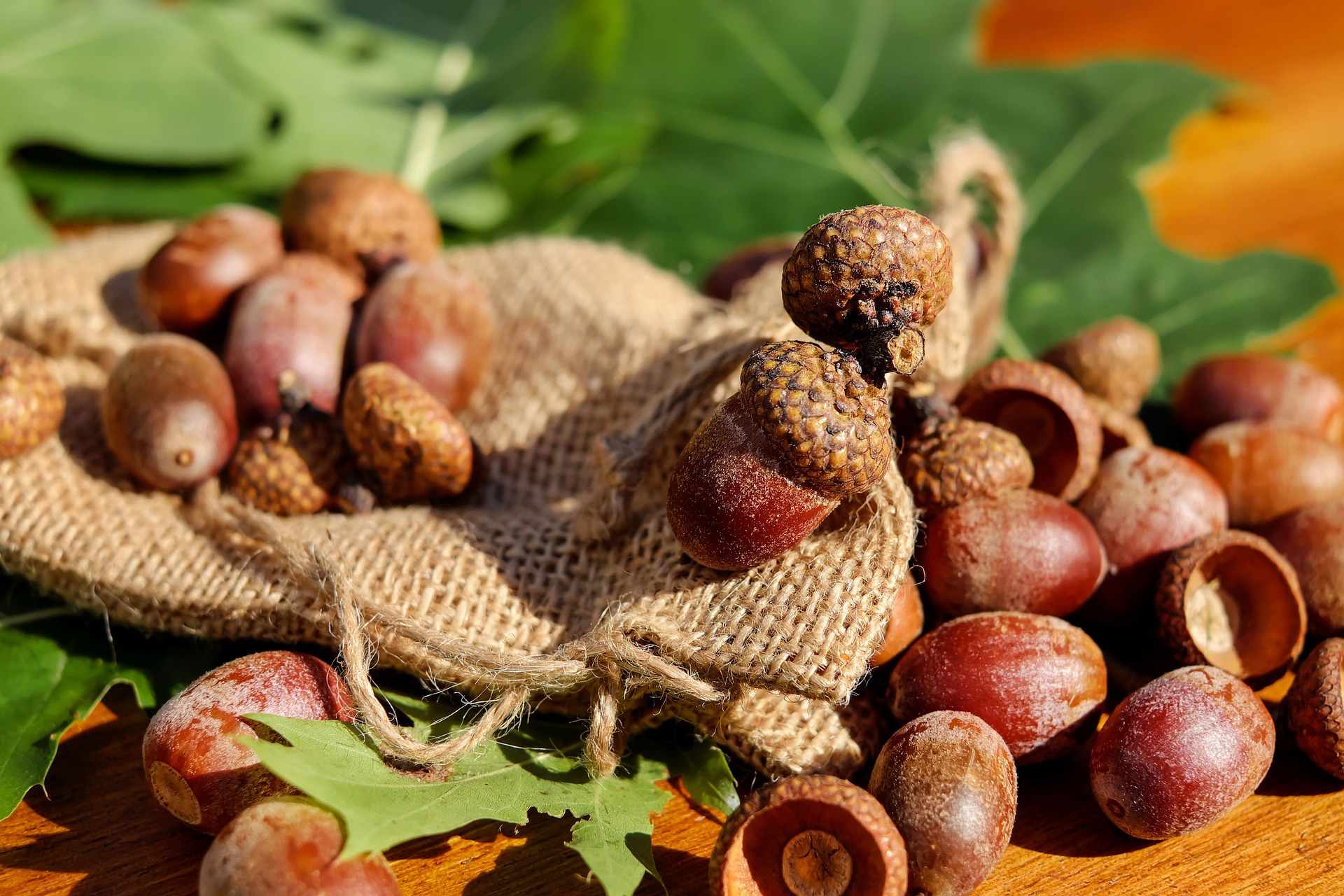
What are typical oaky notes?
Emmanuel Painturaud from the Cognac house Painturaud Frères says:
Roasted, toasted, leather, caramel, cocoa, undergrowth
Jacques Petit:
The wood must be well controlled, but it will bring volume, length in the mouth, complexity, it will have charm and its aromatic persistence will be long and pleasant.
A Cognac with little wood is often strong, aggressive, lacks length due to its high alcohol content and lacks complexity
The following describe oaky aromas:
- Cedarwood
- Oakwood
- Sandalwood
- Orange Zest
- Candied Fruit
- Lychee
- Hazelnut
- Walnut
- Prune
- Coffee
- Leather
- Smoked
- Toasted Bread
- Pepper
- Vanilla

What other spirits have oaky notes?
Oaky notes are not limited to Cognac and can also be found in other spirits such as whisk(e)y, rum, Armagnac, and other brandy. In these spirits, oaky notes are also derived from the oak barrels in which they are aged.
The BNIC aroma wheel
The BNIC aroma wheel is a pictogram used by Cognac lovers to identify and describe the flavors and aromas present in Cognac. The wheel is divided into categories such as “fruity“, “floral“, “spicy“, and “oaky” with subcategories for specific flavors and aromas within each category. The oaky notes in Cognac are typically found in the “spicy” and “woody” categories, along with other flavors and aromas such as vanilla, caramel, and toasted bread.
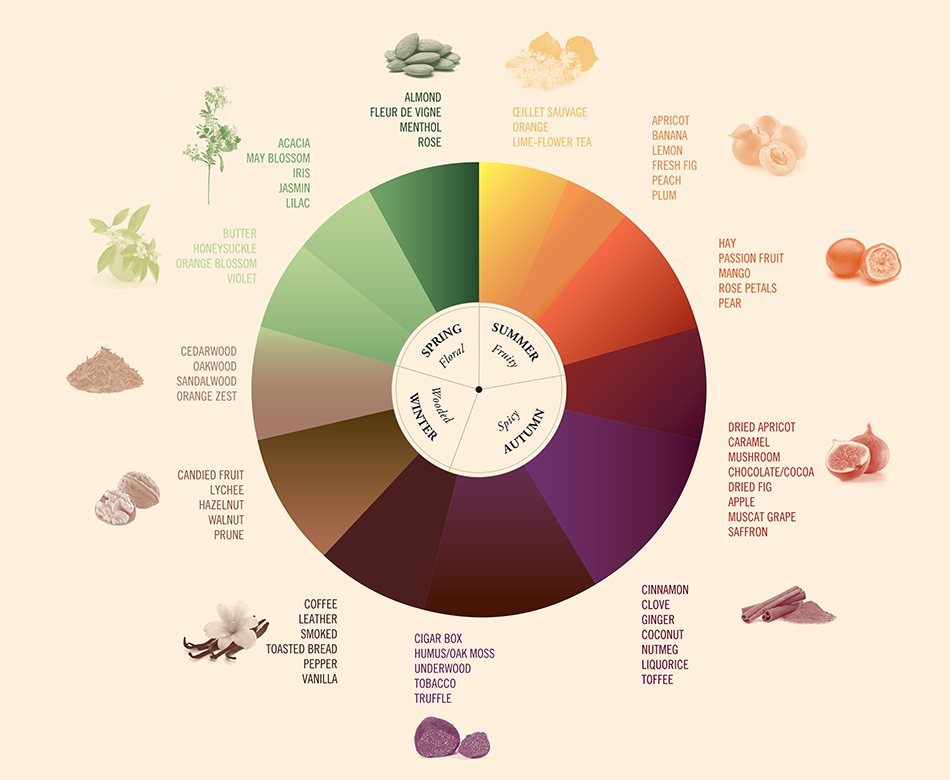
Are oaky Cognacs always older Cognacs?
Oaky notes in Cognac are typically associated with older Cognacs, as the longer a Cognac spends in oak barrels, the more pronounced the oaky notes will become. However, this is not always the case, and there are exceptions to this rule. Some producers may use oak barrels that have been seasoned or toasted in a specific way to enhance the oaky notes in their Cognacs, even if they are not aged for a long period of time.
Jacques Petit on the matter:
It is important to keep in mind that the bouquet of Cognac comes from the aromas of the brandy which are associated with the tannins and lignins of the wood. One does not go without the other.
We will have fruity notes, which according to the ageing will go for a young Cognac, from apricot peach to walnut, hazelnut, almond, and then to candied fruit, prune, cherry, and finish on very old Cognac in passion fruit
Floral notes, for the young, violet, vine flower, rose, then dried flower, and finally jasmine, orange blossom
Woody notes, such as vanilla, violet for young expressions, then chocolate, tobacco, leather and finally cedar, sandalwood, cigar box.
And spicy notes pepper, bell pepper then cinnamon, ginger to finish in balsamic and nutmeg.
To obtain all this it takes time, work, aeration, you have to give time to time as they say in Charente.
To drink oaky Cognac….. it is easy to drink because it is not aggressive, more pleasant… provided that the wood is mastered.
The older a Cognac is, the oakier it is.
What Our Cognac Lovers Community Said
One of the best ways of determining which Cognacs boast exceptionally oaky notes is to ask those who love Cognac the most. We asked the highly interactive Cognac Lover’s Facebook Group to get an opinion on the matter and asked what they would recommend.
Jesse L. Cyr:
Braastad XO, Remy 1738, Prunier Très Vieille Grande Champagne, and Maxime Trijol Réserve.
Marcus Kuip:
Sten Spans:
Some candidates:
– Cognac Brugerolle 19-year-old 1993 (Master of Malt)
Jim Pearson:
Remy VSOP was always oaky to me.
Producer Interpretation: we ask the experts
Naturally, we wanted to get great input from the Cognac producers themselves. We posed the same 4 questions to the following:
- André Petit Cognac
- Conte et Filles Cognac
- Painturaud Frères Cognac
They provided us with great insights to understand how oaky tones evolve and what to expect in such a Cognac.
André Petit


Jacques Petit who runs the small family business today has its heart in Berneuil. He works using traditional methods handed down from his grandparents and is today one of the last ones to harvest the grapes manually.
He really is with his heart into the subject and has a broad knowledge about the topic.
Our questions were answered by the head of the Cognac house himself, Jacques Petit.
Before answering our questions he needed to touch on the basics:
First of all, what is Cognac?
It is a distilled wine from a very particular area whose brandies must be aged in oak barrels to be entitled to the Appellation.
Already no barrel, so no wood = no Cognac…
Distillation is mainly based on the difference in volatility of the various compounds. Only the volatile substances that constitute the main elements of the bouquet are found in the eau-de-vie.
After a slow maturation in French oak barrels (Limousin or Tronçais), the brandy takes on a characteristic color and bouquet which gives it the name of COGNAC.
This is the main principle….
The long maturation process of Cognac in the oak barrel, which can last for decades, is carried out thanks to the porosity of the wood which is the intermediary between the eau de vie and the ambient air. The Cognac will change color and this transfer of characteristics of the oak causes over time the formation of the “RANCIO” and develops the bouquet of the Cognac.
All this is not done by itself, it is necessary to monitor, to make rackings, to brew the Cognac, to change the barrels…. and to do some sort of aging… Many brut de fût come from Cognac that has been left unworked for several years and that has been placed in the same barrel with a high alcoholic degree, which is detrimental to the development of the aromas, and they want us to believe that the quality is there !!!!
It must be said that aging includes 3 main phases: extraction, hydrolysis and oxidation.
- Extraction: The Cognac in the barrel solubilizes the extractable substances of the wood.
- Hydrolysis: A transitory phase that prefigures an important evolution of the organoleptic characteristics, the Cognac digests the wood.
- Oxidation: The taste softens, the smell of steamed oak disappears to give floral and vanilla smells. The longer the Cognac is kept, the more mellow it becomes, its bouquet becomes richer and more complex.
Cognac is in no way “TORD BOYAUX”.
To answer your questions:
Q1: What is your opinion on oaky/ woody cognacs?
The wood must be well controlled, but it will bring volume, length in the mouth, complexity, it will have charm and its aromatic persistence will be long and pleasant.*
A Cognac with little wood is often strong, aggressive, lacks length due to its high alcohol content and lacks complexity,
It is important to keep in mind that the bouquet of Cognac comes from the aromas of the brandy which are associated with the tannins and lignins of the wood. The one does not go without the other.
Q2: What are oaky/ woody notes/ aromas?
We will have fruity notes, which according to the aging will go for a young Cognac, from apricot peach to walnut, hazelnut, almond, and then to candied fruit, prune, cherry, and finish on very old Cognac in passion fruit
Floral notes, for the young, violet, vine flower, rose, then dried flower, and finally jasmine, orange blossom
Woody notes, such as vanilla, violet for young expressions, then chocolate, tobacco, leather and finally cedar, sandalwood, cigar box.
And spicy notes pepper, bell pepper then cinnamon, ginger to finish in balsamic and nutmeg.
Q3: How to get oaky/ woody notes in cognac?
To obtain all this it takes time, work, aeration, you have to give time to time as they say in Charente.
Q4: Is there a best way to drink oaky cognacs?
To drink oaky Cognac, it is easy to drink because it is not aggressive, it’s more pleasant provided that the wood is mastered.
Q5: What are your cognacs with the oakiest flavors?
The older a Cognac is, the oakier it is. It is true that my young Cognacs are oaky, but because I put in older Cognacs.
I don’t want a consumer to be disadvantaged when he can’t afford to buy a very old Cognac.
Conte et Filles
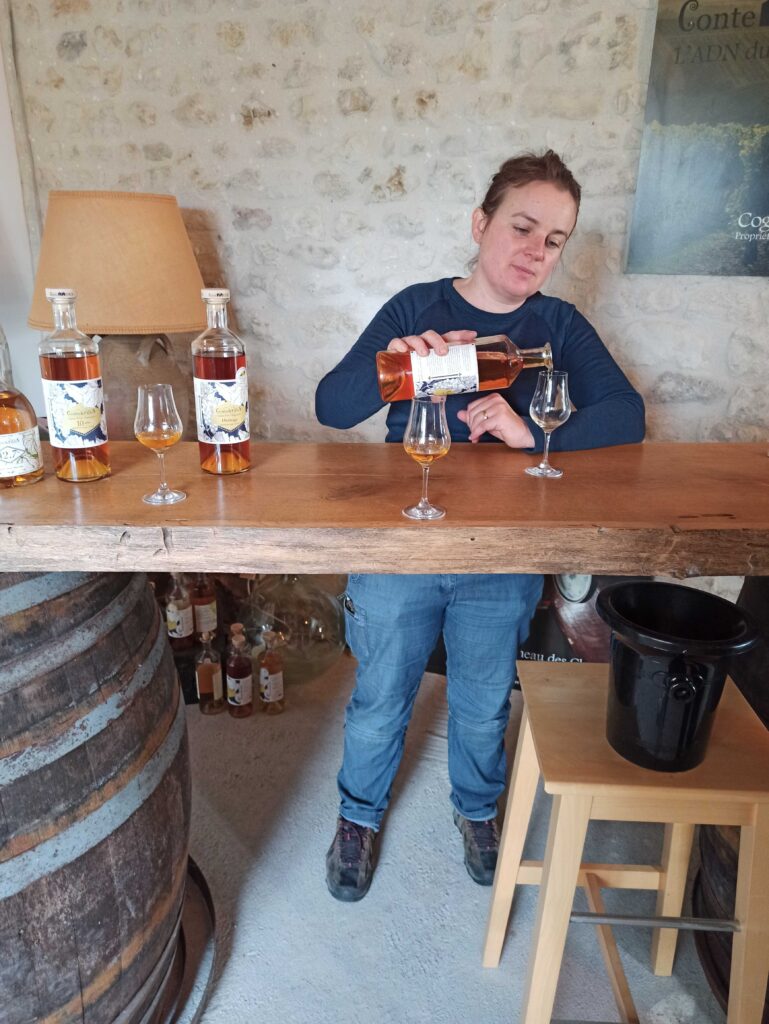

Anne-Laure and Blandine run the family-owned business today. Conte et Filles has existed for 5 generations, anchored next to Cognac Expert’s headquarters. The two sisters showcase their world and passion for agriculture with every sip of their Cognac, wine, and Pineau des Charentes range.
We asked Anne-Laure to answer our questions.
Q1: What is your opinion on oaky cognacs?
Generally speaking, at the domain, we are not necessarily fans of Cognac with too much wood. Except when the wood aromas have been “digested” by the Cognac and have been transformed into something more nutty, candied fruit or leather oriented.
Q2: What are oaky/ woody notes/ aromas?
The notes that develop in contact with the oak are at first vanilla, custard, then it evolves to candied fruits, nuts and then rancio.
Q3: How to get oaky notes in cognac?
To obtain woody notes in a Cognac, you need wood and time! A new barrel, that is to say, freshly heated by the cooper. The fact of toasting the wood will allow it to release vanilla aromas. And then time allows to attenuate the strength and to bring roundness.
Q4: Is there a best way to drink oaky cognacs?
The important thing is to take your time to discover and appreciate the aromatic palette that opens up in the glass. Perhaps a natural tasting, for what it is, is an interesting way or with a blue cheese like a Fourme d’Ambert.
Q5: What are your cognacs with the oakiest flavors?
The oakiest Cognac we have in bottle at the estate is the Cognac 10 years old Petite Champagne. Its aromatic palette revolves around candied fruits, pear jam, walnuts, prunes, cloves, and a very round sensation in the mouth with a lot of sweetness.
The Heritage Cognac is also oaky, but time has greatly attenuated the oaky structure, the aromas are very married and give off scents of toast, prune, orange zest.
Painturaud Frères

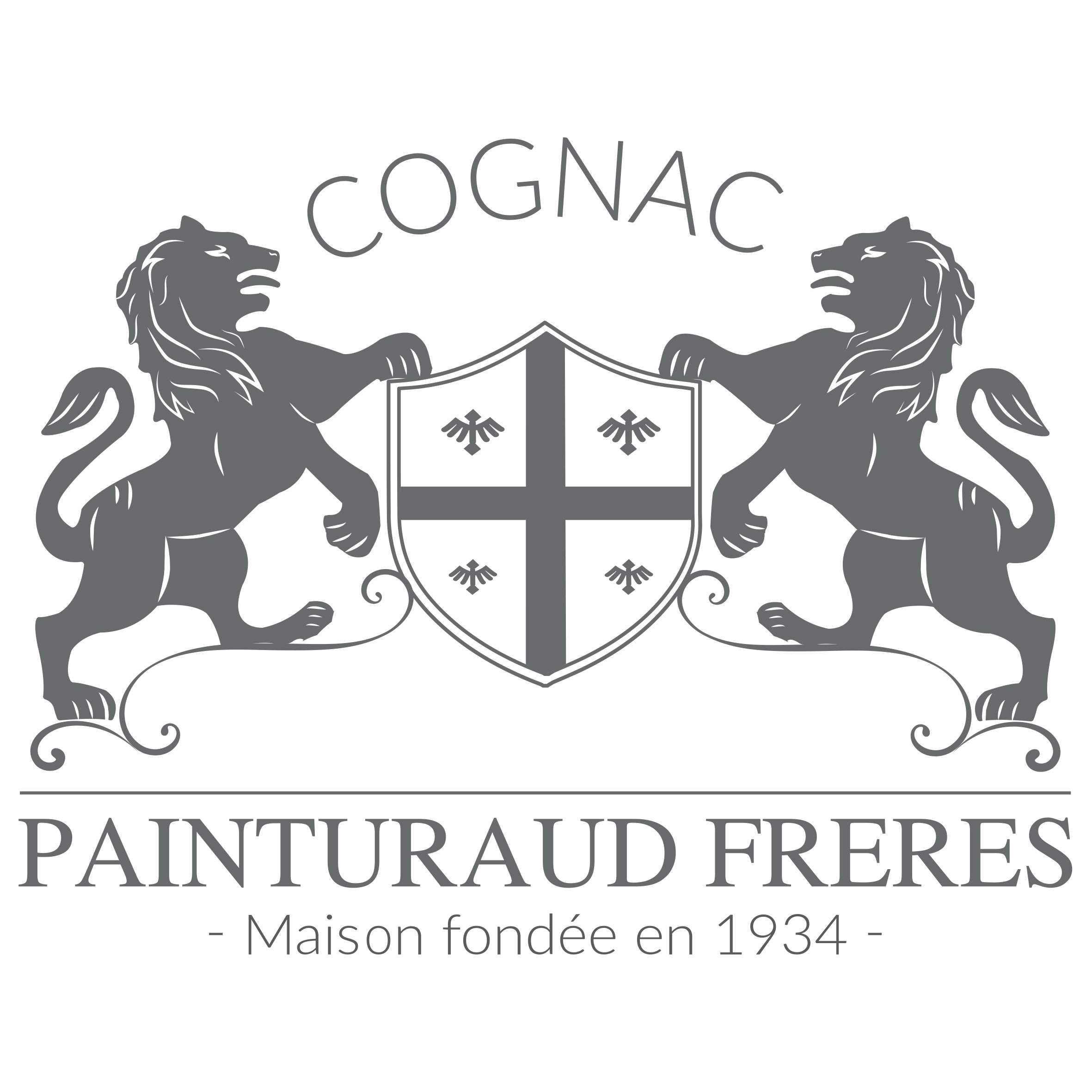
The history of cognac producer Painturaud Frère traces back to the end of the 1800s. Located near Segonzac, in the very heart of Premier Cru Grande Champagne country, they have over 40 hectares. They also grow a small number of red grapes – Merlot and Cabernet Franc – for the production of red Pineau des Charentes.
We spoke to Emmanuel, one of the 4 brothers of Painturaud Frères.
Q1: What is your opinion on oaky cognacs?
It all depends on the intensity of the woodiness in the mouth or on the oaky notes that the cognac will reveal. It’s all about balance and roundness.
Q2: What are the oaky notes/ aromas?
Roasted, toasted, leather, caramel, cocoa, undergrowth.
Q3: How do you get oaky notes in a cognac?
In my experience, there are not 36 solutions to obtain oaky notes in cognac. Young eaux-de-vie are aged in new barrels for several months, old cognacs are aged for a long time, and finally, we can use boisé supplied by the service providers (we work with Protea France) which we will mix with the cognac to preserve it and store it in barrels. These formulas allow us to complete a blend if I consider that the batch being prepared lacks oaky notes. I do not use them systematically and when I do, it is only in small proportions.
Q4: Is there a better way to drink oaky cognacs?
It’s all a question of taste and desire, for me there are no rules for tasting a cognac, I often say to my clients, drink it the way you like it, when you want.
Q5: What are your cognacs with the most oaky aromas?
My XO and the superior qualities like the “Hors d’Âge” and the “Générations“.
Top 12 Okay Cognacs List
The following list features 12 oaky Cognacs we’ve put together for you to experience yourself.
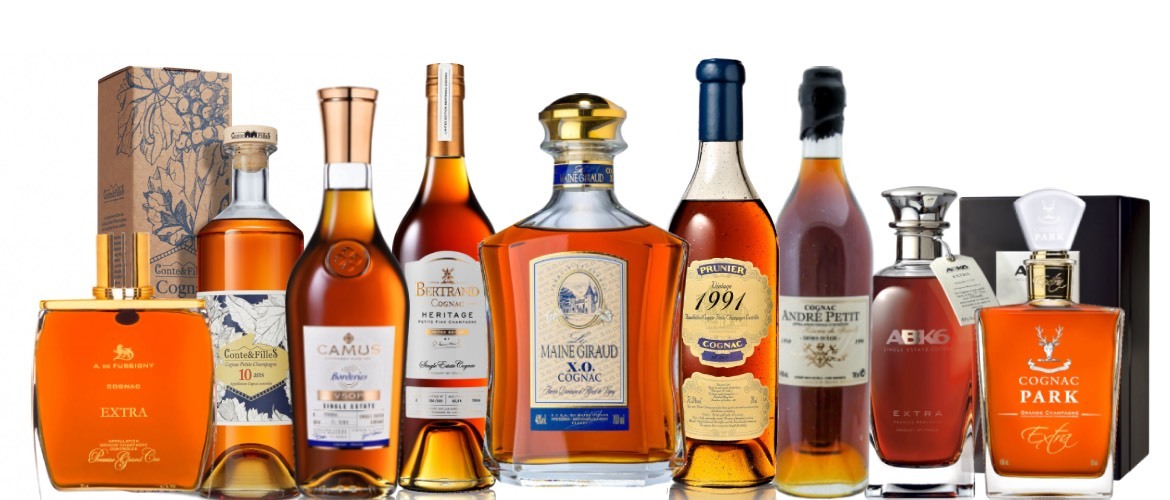
1. Camus VSOP Borderies Cognac
Just how every oaky cognac should be: Ample and unctuous, with a robust yet elegant structure and a light hint of woodiness.
Stunning decanter holding a cognac inside which sensory explosion continues on the palate, with cedar, white pepper, and charred wood–creating a perfect harmony.
3. Painturaud Frères Secrets de Famille Grande Champagne Cognac
Powerful and round on the palate, developing spices and woody tones, leaving candied notes on the finish. This Cognac also fits in the oaky theme as it is bottled in a delightful crystal carafe and wooden presentation cabinet, both made by hand. This Secret de Famille deserves the pride of place displayed in any collection.
The nose offers complex, delightful aromas of cedar wood, candied fruits, and honey. On the palate you will be greeted with notes of oak and cedar wood. Later soft spice, with a touch of cinnamon evolve and the finish is long and sustained.
This Fins Bois XO Cognac is a round and rich Cognac for your sensory pleasure. Pair it with a dessert or cheese course, a creamy Comté for instance, and it makes a great complement to the nutty nature of this exquisite Cognac.
6. Conte et Filles 10 Ans Cognac
The smoked notes of leather and wood accompany the taste of a cigar perfectly and make it stand out from any other Cognac in this aroma range.
7. A. De Fussigny Extra Cognac
This Extra Cognac has been aged for up to 25 years. this is certainly a Cognac to take advantage of oaky notes. It features fruits, marmalade, and wood, moving on to cocoa beans, vanilla, and toffee. The finish is very long, with delightful tones of rancio and cigar box.
8. Prunier Cuvée N°1 Winston Churchill
A very special Cognac expression. A testament to Churchill, his love for Cognac and to the spirit itself. This special bottling from the Borderies is above 40 years old and reflects woody notes like no other Cognac.
9. Prunier Vintage 1991 Petite Champagne Cognac
Another Prunier Cognac that convinces with oaky aromas. This Petite Champagne from 1991 has oaky aromas on the nose as well as on the palate. Here just a few of them: notes of truffle, nutmeg, hazelnut, licorice, blond tobacco, and black peppercorns.
10. Maine Giraud XO
This Cognac beholds aromas of a well-aged Fins Bois Cognac. It reveals distinct notes of cedar and oak.
11. Bertrand Heritage Limited Edition N°2 Cognac
This wonderful Hors D’Age offering, convinces with its strong rancio taste. It is a Cognac that is not only light on the palate but also incredibly complex at the same time.
12. André Petit Hors d’Age Grande Champagne Reserve de Famille 1990
On the palate: an enjoyable, mellow taste of wood, old cigar box, with some underlining subtle fruit taste to it.
In Conclusion
In conclusion, oaky Cognacs are an integral part of the Cognac flavor profile, with flavors and aromas derived from the oak barrels in which they are aged. The intensity and character of the oaky notes will vary depending on the type of oak used and the length of time the Cognac spends in oak barrels.
While oaky Cognacs are often associated with older Cognacs, this is not always the case, and there are exceptions to this rule. The Cognac Lovers Community and producers have varying opinions on oaky Cognacs, with some enjoying the rich, warm flavors and others preferring more subtle, floral notes. Ultimately, it comes down to personal preference. We hope this blog post has provided you with a deeper understanding of oaky Cognacs and has given you some inspiration for your next bottle.

